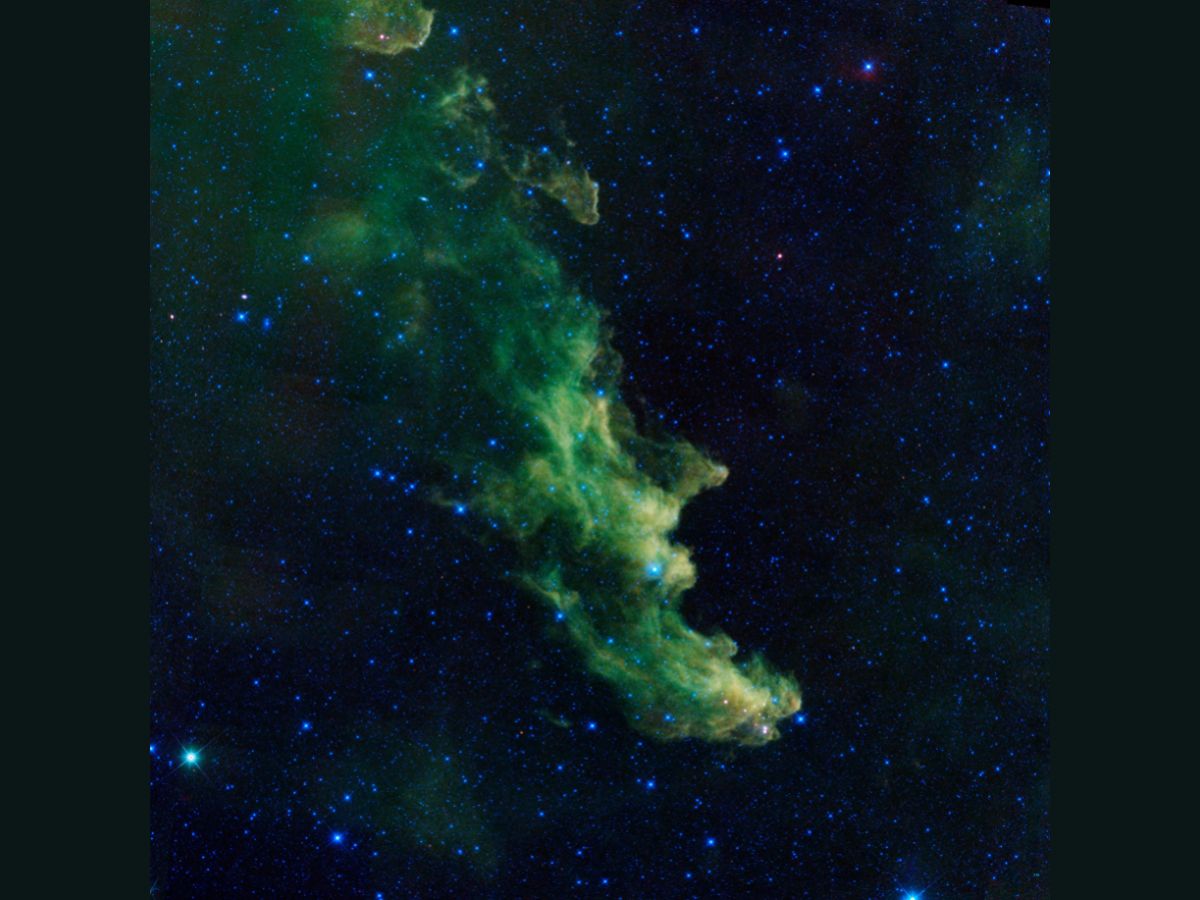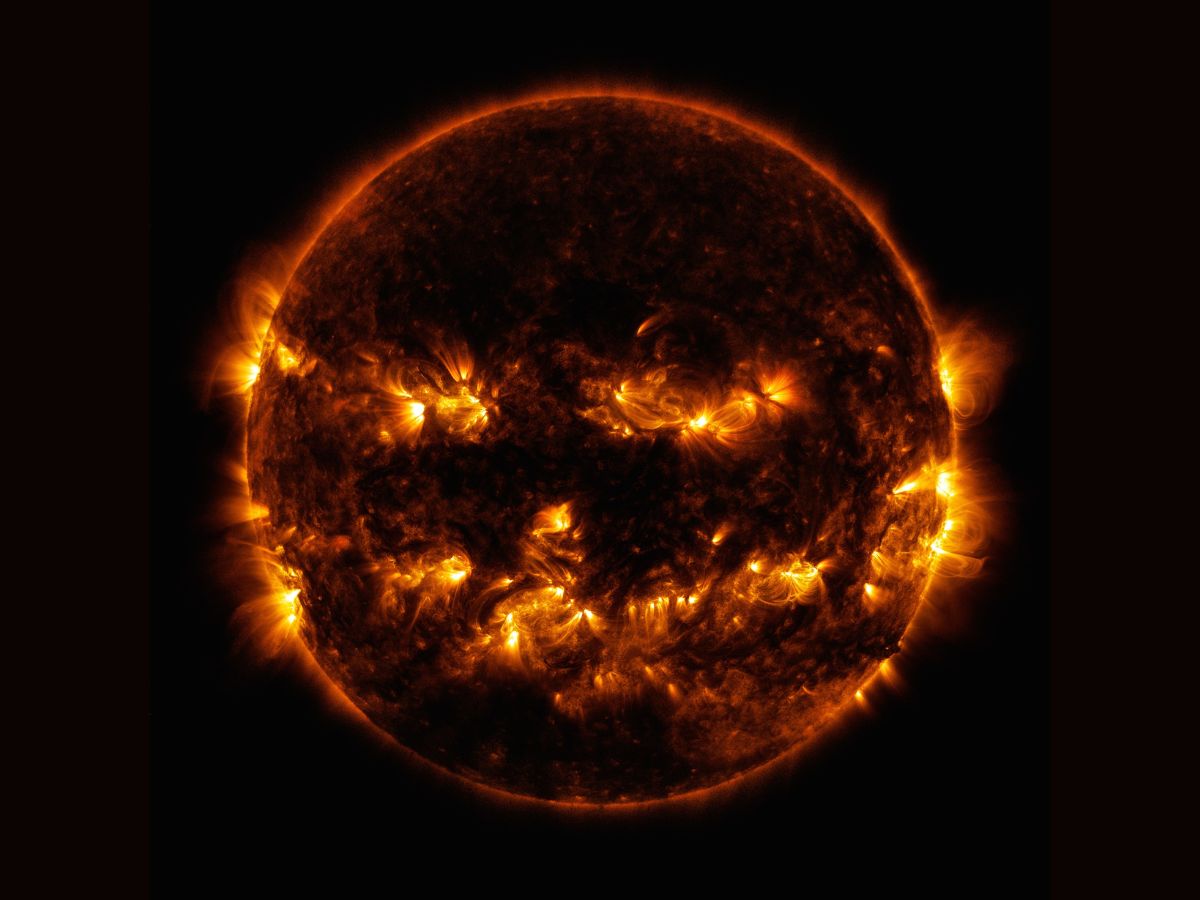Earth Witch Vs Space Witch: NASA Shares Spooky Image Of Witch Head Nebula On Halloween. See Photo
In NASA's image of the nebula, a witch appears to be screaming out into space. The cosmic entity is known as the Witch Head Nebula because of its resemblance to a wicked witch.

Halloween 2022: NASA 360, which looks at all things NASA and makes posts about the space agency on social media, has shared a spooky image as part of Halloween celebrations. The image is that of the Witch Head Nebula, captured by NASA's Wide-Field Infrared Survey Explorer, or WISE. NASA 360 has asked the world who would win the competition — Space Witch or Earth Witch?

In the image, a witch appears to be screaming out into space. The cosmic entity is known as the Witch Head Nebula because of its resemblance to a wicked witch. The image was captured in infrared light.
The billowy clouds of the nebula, where baby stars are brewing, are being lit up by massive stars, according to NASA. Starlight is hitting the dust in the cloud, causing it to glow with infrared light. WISE's detectors picked up this infrared light.
Estimated to be hundred light years away in the Orion Nebula, the Witch Head Nebula is just off the famous hunter's knee.
ALSO READ | James Webb Space Telescope Reveals Eerie Landscape Of Pillars Of Creation In 'Haunting Portrait'
Jack-o-Lantern Sun

NASA 360 has also released a terrifying image of the Sun. This is an image which is circulated on social media every year around the time of Halloween.
Oh my gourd! 😱 It's the Pumpkin Sun! 🎃☀️#HappyHalloween pic.twitter.com/YTvDYXfocC
— N💀S💀 36🎃 (@NASA360) October 31, 2022
On October 8, 2014, the Solar Dynamics Observatory captured active regions on the Sun which combined to look similar to a jack-o-lantern's face. The active regions in the 'Jack-o-Lantern Sun' appear brighter because those are areas that emit more light and energy, and are markers of an intense and complex set of magnetic fields hovering in the solar corona.
NASA blended together two sets of extreme ultraviolet wavelengths at 171 and 193 Ångströms, and colourised them in gold and yellow, to create a Halloween-like appearance.
Related Video
Southern Rising Summit 2024: How Important is Self-Awareness? Insights from Anu Aacharya | ABP LIVE






































